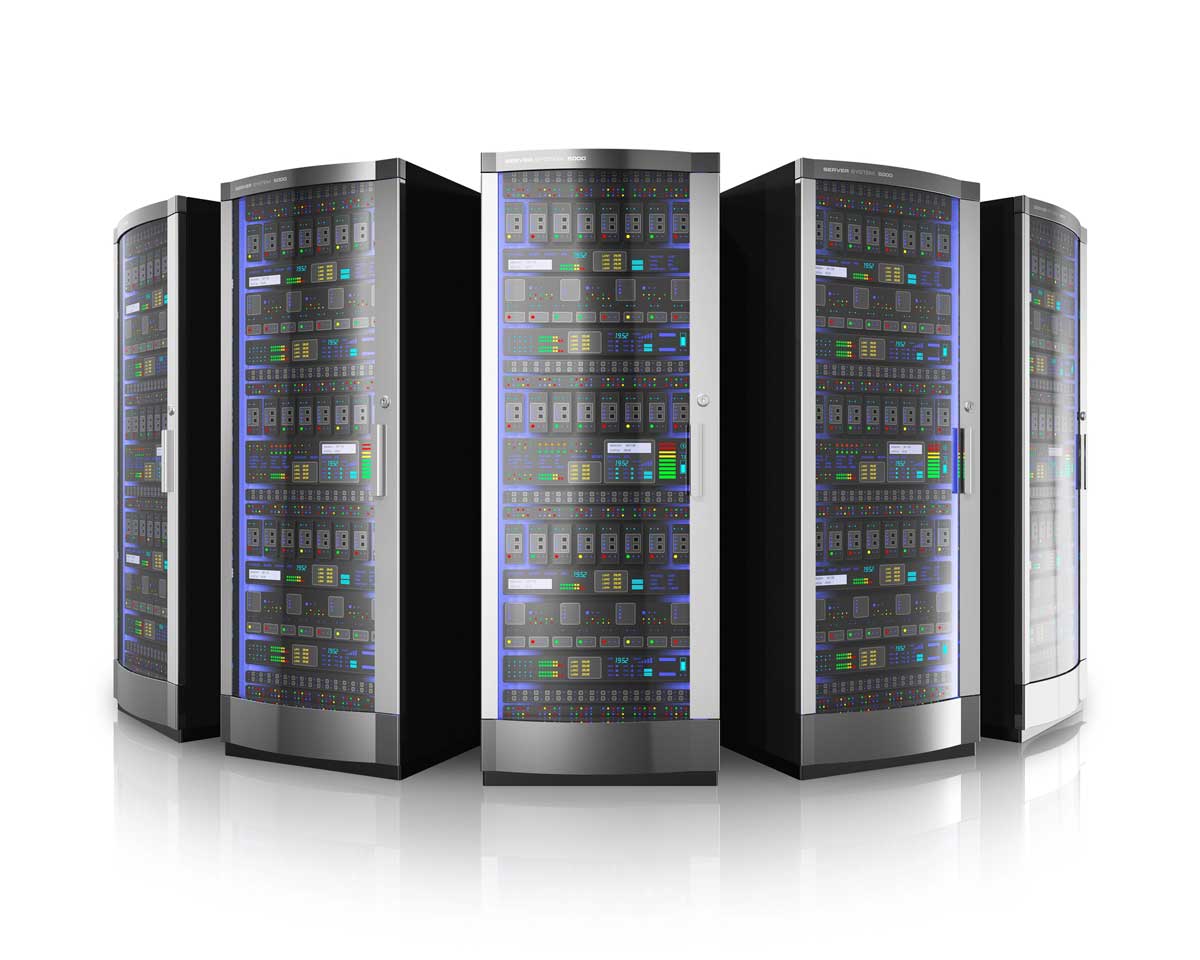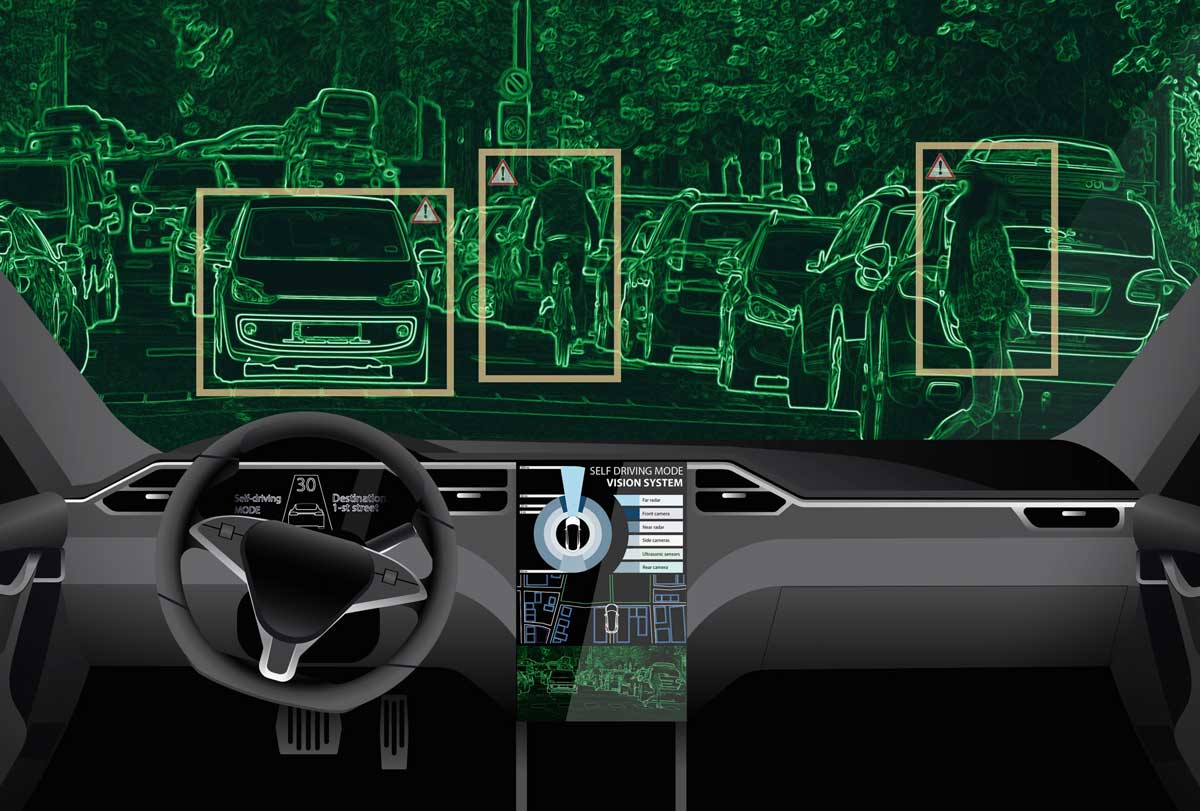Pretty much every IT shop has looked at moving at least some of its operations to the cloud, whether it’s a private, public or hybrid cloud. The benefits in terms of costs, efficiency and reduced dev/test time are well known by this point.
One of the major stumbling blocks to making this happen, however, is the complexity of moving to the cloud. Although complexity in many ways is reduced once a cloud infrastructure is established, getting there is a minefield of options to choose from: cost; choosing public and private providers; deciding how to move legacy apps to the cloud; what kind of cloud(s) to set up; privacy and security concerns; etc. It can be overwhelming.
That’s where HyperCloud 5.0 comes in. It’s the latest offering from HyperGrid, and adds impressive new functionality to what is already a mature product. HyperCloud effectively transforms existing IT into a cloud environment, presenting it as services to IT, developers and end users so that its benefits can be experienced across the business spectrum. This graphic shows how it's different.

I took a briefing with HyperGrid recently and learned more about HyperCloud 5.0. In its continuing efforts to bring cloud as a service to the enterprise, it’s added a number of private cloud offerings to the portfolio of what it can manage, including KVM, VxRail, OpenStack and AzureStack. Other new offerings include:
- HyperGrid Analytics SaaS to reduce public cloud usage and spending
- Multi-tier app design and modeling for any cloud based on blueprints
- Consistent multi-tenancy model across private and public clouds
- Enhancements for multi-tenancy show back and chargeback
- Application Platform-as-a-Service with Kubernetes support
- Bare metal cloud with support for big data and container apps
This means the HyperCloud 5.0 control plane provides multi-cloud management for any app on any platform, whether it’s public, private or hybrid. This is key, as not every environment has the same needs. Some apps, for instance, can’t be put into a hybrid or public cloud for compliance reasons, but may still benefit from a private cloud’s ability to improve operations through a self-service environment and the pooling of resources like compute and storage.
HyperGrid sees the move to HyperCloud 5.0 as a three-step process:

Adding support for containers on bare metal is another notable upgrade, as containerization is the chief method for cloud-enabling legacy apps. Those containers are often managed by Kubernetes in the cloud, hence the new support for that technology as well.
HyperGrid calls this the “Software-Defined Cloud,” and it’s an intriguing new offering. If you’re considering your cloud options at the moment, this is one to put on your list. Sign up for a free trial here!






















